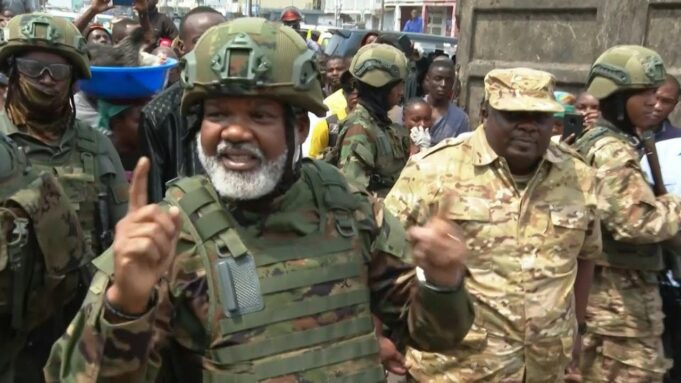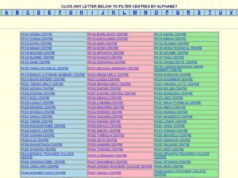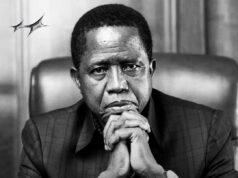Escalation of Conflict in Goma
The Democratic Republic of Congo (DRC) is once again witnessing heightened tensions as the M23 rebel group has been spotted on the streets of Goma, the capital of North Kivu province. The presence of armed rebels in this strategic city raises concerns about security, governance, and the humanitarian crisis affecting the region.
Who Are the M23 Rebels?
The March 23 Movement (M23) is a rebel group that emerged in 2012, consisting of former members of the Congolese army who mutinied over claims of discrimination and unfulfilled agreements. They briefly captured Goma in 2012 before being pushed back by a joint Congolese and UN peacekeeping force in 2013. However, in recent years, the group has re-emerged, launching offensives and capturing key territories in eastern DRC.
M23’s Presence in Goma: What’s Happening?
Recent reports suggest that M23 fighters have moved closer to Goma, creating panic among residents. The group has been advancing in North Kivu, seizing towns and roads leading to the city. Their presence on the outskirts and within parts of Goma signals a major escalation, putting pressure on the Congolese government and international actors.
Eyewitnesses report:
- Armed M23 rebels seen patrolling certain neighborhoods.
- Increased military presence as Congolese forces try to maintain control.
- Mass displacement as civilians flee potential violence.
M23’s Strategic Expansion
While Goma remains a critical target due to its economic and strategic significance, intelligence sources suggest that M23’s ultimate goal is to exert pressure on the Congolese government in Kinshasa. By capturing key routes and cities, the rebels could destabilize the government, weaken the Congolese army, and force political concessions.
Some key strategic moves by M23 include:
- Forging alliances with other armed groups in the region to strengthen their forces..
- Seizing key roads leading from North Kivu towards central DRC.
- Increasing attacks on military bases to weaken government defenses.
Why Kinshasa?
M23’s ambition to extend their influence beyond eastern DRC may be driven by several factors:
- Political Pressure – A show of force closer to Kinshasa would force the government into negotiations.
- Control Over Resources – Capturing resource-rich territories could fund their operations.
- Weaken the Central Government – By advancing westward, M23 could challenge the legitimacy of President Félix Tshisekedi and demand political recognition.
Humanitarian Crisis and Civilian Impact
The conflict has displaced thousands of civilians, many of whom are seeking refuge in makeshift camps around Goma. Humanitarian organizations warn of food shortages, inadequate healthcare, and worsening security conditions. The UN peacekeeping mission (MONUSCO) remains active in the region but has faced criticism for its limited effectiveness in stopping rebel advances.
What’s Next?
The coming weeks will be critical in determining whether M23’s ambitions to reach Kinshasa become a reality or if Congolese forces, backed by international allies, can halt their advance. The risk of a full-scale war looms if diplomatic efforts fail, threatening the stability of the entire Great Lakes region.




